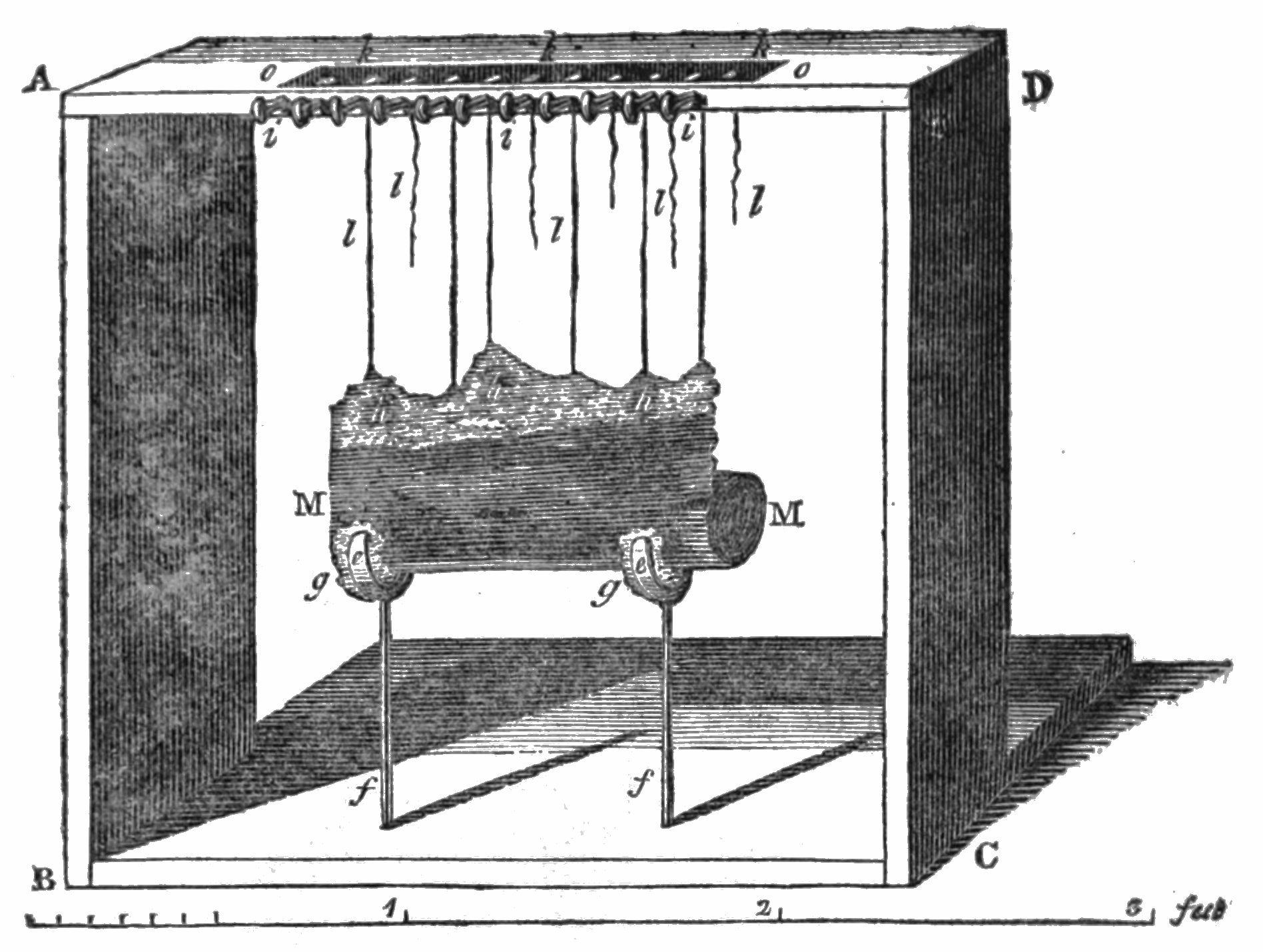|
PHerc. Paris. 4
''PHerc. Paris. 4'' is a Carbonization, carbonized scroll of papyrus, dating to the 1st century BC to the 1st century AD. Part of a corpus known as the Herculaneum papyri, it was buried by hot-ash in the Roman Empire, Roman city of Herculaneum during the eruption of Mount Vesuvius in 79 AD. It was subsequently discovered in excavations of the Villa of the Papyri from 1752–1754. Held by the Institut de France in its rolled state, it is now known to be a cornerstone example of non-invasive reading, where in February 2024, an announcement was made that the scroll's contents can be unveiled with the use of non-invasive imaging and machine learning artificial intelligence, paving the way towards the decipherment and scanning of other Herculaneum papyri and otherwise heavily damaged texts. Background and provenance The Villa of the Papyri was buried during the eruption of Vesuvius in 79 AD, subjecting the scrolls to temperatures of 310–320 °C, compacting them and con ... [...More Info...] [...Related Items...] OR: [Wikipedia] [Google] [Baidu] |
Herculaneum
Herculaneum is an ancient Rome, ancient Roman town located in the modern-day ''comune'' of Ercolano, Campania, Italy. Herculaneum was buried under a massive pyroclastic flow in the eruption of Mount Vesuvius in 79 AD. Like the nearby city of Pompeii, Herculaneum is famous as one of the few ancient cities to be preserved nearly intact, as the solidified material from the volcano that blanketed the town protected it against looting and the elements. Although less known than Pompeii today, it was the first and, for a long time, the only discovered Vesuvian city (in 1709). Pompeii was revealed in 1748 and identified in 1763. Unlike Pompeii, the mainly Pyroclastic rock, pyroclastic material that covered Herculaneum carbonization, carbonized and preserved more wooden objects such as roofs, beds, and doors, as well as other organic-based materials such as Herculaneum loaf, food and papyrus. According to the traditional tale, the city was rediscovered by chance in 1709 during the dri ... [...More Info...] [...Related Items...] OR: [Wikipedia] [Google] [Baidu] |

